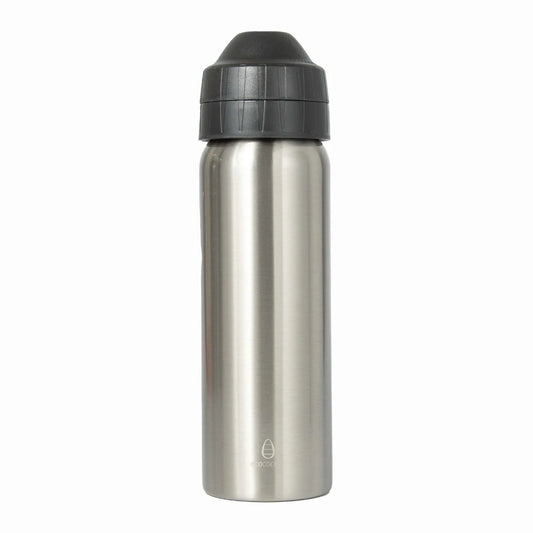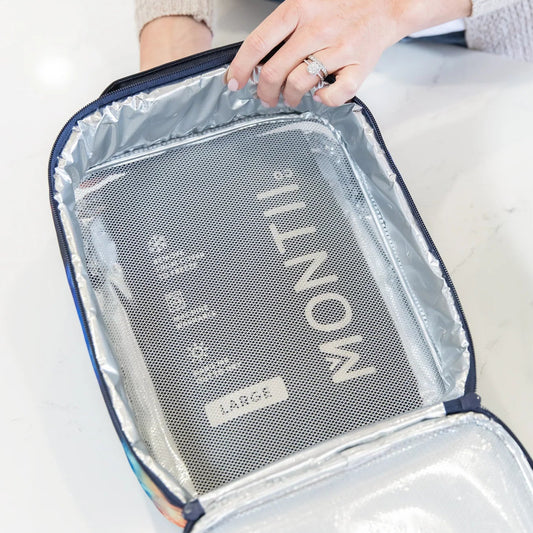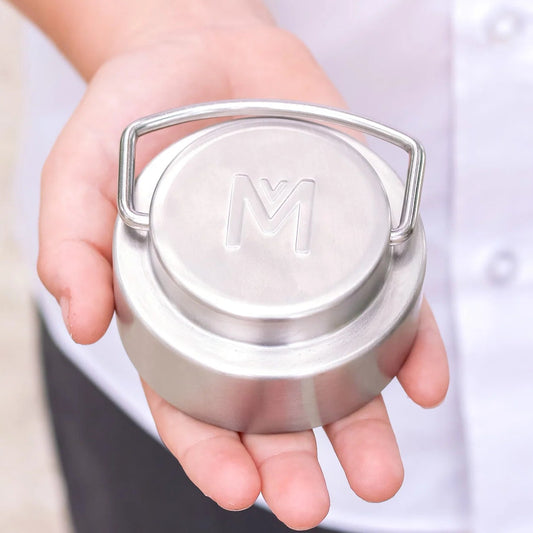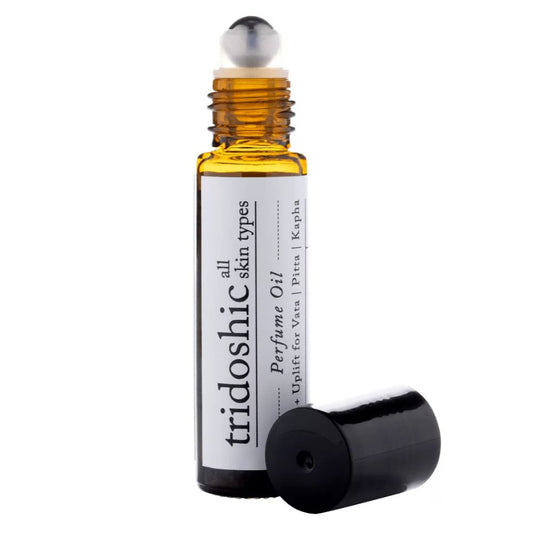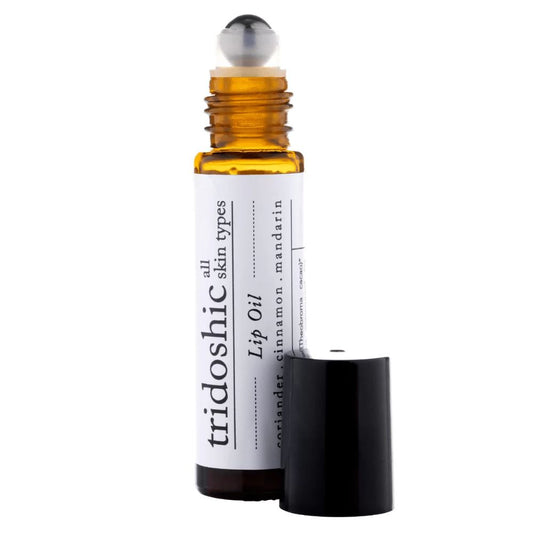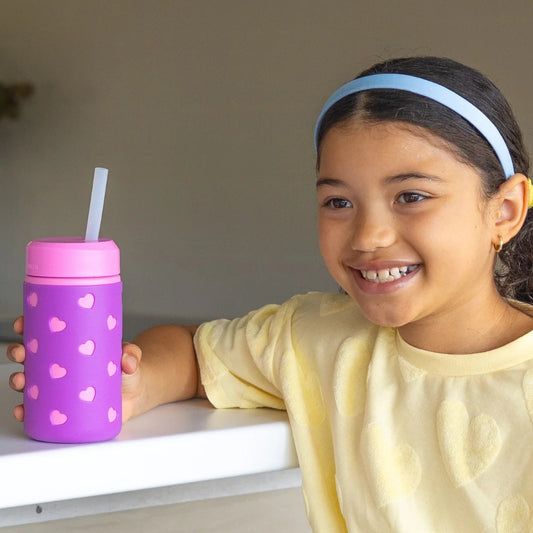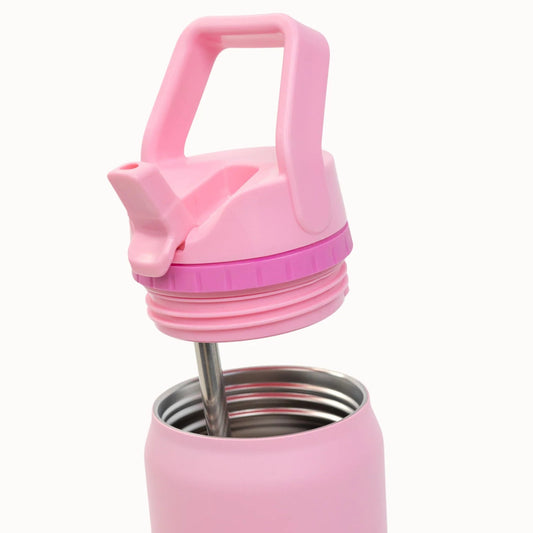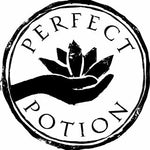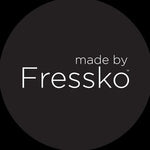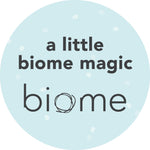
You’ve probably heard it. Maybe you’ve said it:
“PEGs would not really qualify as a plastic... it's a water-soluble liquid that cannot be set into a solid material”
Fair. PEGs (polyethylene glycols) don’t look like plastic. They’re not crunchy, not cling-wrapped, not floating in the ocean like a bottle cap. They're not mouldable, nor do they set into a solid form. They're smooth, often clear, and melt right into your skin. But, here’s the curveball: they’re still plastic. Just in liquid form.
Let’s break it down. What even is a PEG?
PEGs are synthetic polymers made from petroleum-derived ethylene oxide. “Polymer” is the giveaway — it literally means “many parts” strung together to form a plastic-like chain. PEG-12, PEG-40, PEG-150... these are all variations. They’re used in everything from toothpaste to face cream, hand wash to baby wipes.
So why the confusion? Because PEGs are “liquid plastics” — they dissolve in water, and that makes them invisible in our waste streams. But they’re still:
- human-made
- persistent in the environment
- derived from fossil fuels
- and not readily biodegradable
Sound familiar? That’s exactly how we describe microplastics.
But Reddit says… "It's just chemistry, not plastic."
Yep, and the plastic wrapper around a sandwich is also "just chemistry." The industry argument usually goes: “PEGs don’t harm marine life like solid plastic microbeads do.” But here’s the thing — we’re only just beginning to understand the full environmental impact of these soluble synthetics.
New studies are finding PEGs and other water-soluble polymers in rivers, oceans, and even drinking water. These compounds don’t break down easily. They’re slipping through treatment plants. They’re ending up in places they shouldn’t.
One person in Biome's 2025 plastics survey put it perfectly:
“It’s the invisible ones that scare me more. We don’t even know they’re there, but they’re in everything.”
Another wrote:
“We need to stop thinking of plastic as just bags and bottles. What about what’s washing down our drains every day?”
Why it matters
Every time you rinse a PEG-based shaving foam, cleanser or shampoo down the drain, you’re potentially adding to the plastic problem — you just can’t see it.
And that’s the kicker. The plastic problem isn’t always visible. Some of it is disguised as skincare. Some of it’s in your toothpaste. Some of it smells like lavender and claims to be gentle.
It’s still plastic.
The bottom line
If it’s a synthetic polymer made from fossil fuels that doesn’t biodegrade?
It is plastic — even if it’s liquified, solubilised, fragranced, and packaged in a pretty tube.
This is your awakening. Time to read the labels with fresh eyes. Ask harder questions. And don’t let the industry greenwash its way out of the liquid plastic mess.
PEGs vs Natural Alternatives: What to Watch For
| Common PEG Ingredient | Used For | Why It’s Problematic | Natural Alternative | Biome-Approved Example |
|---|---|---|---|---|
| PEG-12 | Emulsifier, solubiliser | Synthetic polymer made from petroleum; not biodegradable | Olive-derived emulsifiers (e.g. cetearyl olivate) | Facial Mosturisers |
| PEG-40 Hydrogenated Castor Oil | Solubiliser for fragrance | Often disguised as “plant-based”; still a synthetic PEG compound | Coconut-based solubilisers | Noosa Basics Roll-On Deodorant |
| PEG-100 Stearate | Texture enhancer | Petroleum-derived; persistent in waterways | Non-palm Glyceryl Stearate, Olivem 1000 | Biome Be.UNITY Light Face Cream |
| PEG-6 Caprylic/Capric Glycerides | Surfactant (helps foam) | Breaks down slowly in the environment; common in cleansers | Decyl glucoside, coco glucoside | Ethique Solid Shampoo Bars |
| PEG-150 Distearate | Thickener in shampoos | Non-biodegradable thickening agent; often listed in “gentle” formulas | Xanthan gum, guar gum | Shampoo Bars |
| Polyethylene | Film-forming agent | A literal microplastic used in exfoliants and creams | Rice powder, clay, jojoba beads |
PRO TIP: If a product has PEG, polyquaternium, PPG, or anything with “poly-” or “eth-” in the middle of the word — it’s likely a synthetic polymer. That’s code for “liquid plastic.”
FAQs
Q: Are PEGs harmful to humans?
A: It depends who you ask — and how long-term you’re thinking. PEGs are generally considered “safe” by regulators in small amounts, especially when used in rinse-off products. But here’s what they don’t always say:
- Contamination is possible. PEGs are made using ethylene oxide and 1,4-dioxane — both known carcinogens. Residual traces can be left behind in poorly refined ingredients.
- Skin barrier disruption. Some PEGs make it easier for other chemicals to penetrate your skin — including the bad ones.
- Allergic reactions. While uncommon, they do happen — especially in broken or sensitive skin.
But here’s the real kicker: even if PEGs don’t hurt you immediately, they’re polluting our water and planet right now. And that does come back to us — in the food we eat, the air we breathe, and the water we drink.
As one survey respondent told us:
“If it’s not biodegradable, it’s not benign.”
So sure, the science might say PEGs aren’t immediately toxic. But are they really “safe”? Depends on your definition. At Biome, we prefer ingredients that are safe for you and the Earth. No trade-offs.
Q: Why are PEGs still allowed if they’re so bad?
A: Because regulation moves slower than marketing — and industry defences are strong. PEGs have been around for decades, and they’re cheap, effective, and easy to formulate with. That’s a win for manufacturers.
Most safety standards only look at immediate effects on humans, not what happens after it goes down the drain or how it builds up in the environment. They don’t account for:
- long-term ecosystem persistence
- compounding exposure across products
- or the fact we’re rinsing these “liquid plastics” into waterways daily
Plus, PEGs often get a free pass by flying under the radar — they don’t look like plastic, and they don’t get called out like parabens or SLS.
But awareness is changing. Consumers (like you) are starting to ask tougher questions. Scientists are starting to study the environmental footprint of everything, not just packaging. And slowly, the pressure is building.
As one person in Biome's recent Plastic survey said:
“If I can choose a product that doesn’t add to the plastic load, why wouldn’t I?”
Exactly.



